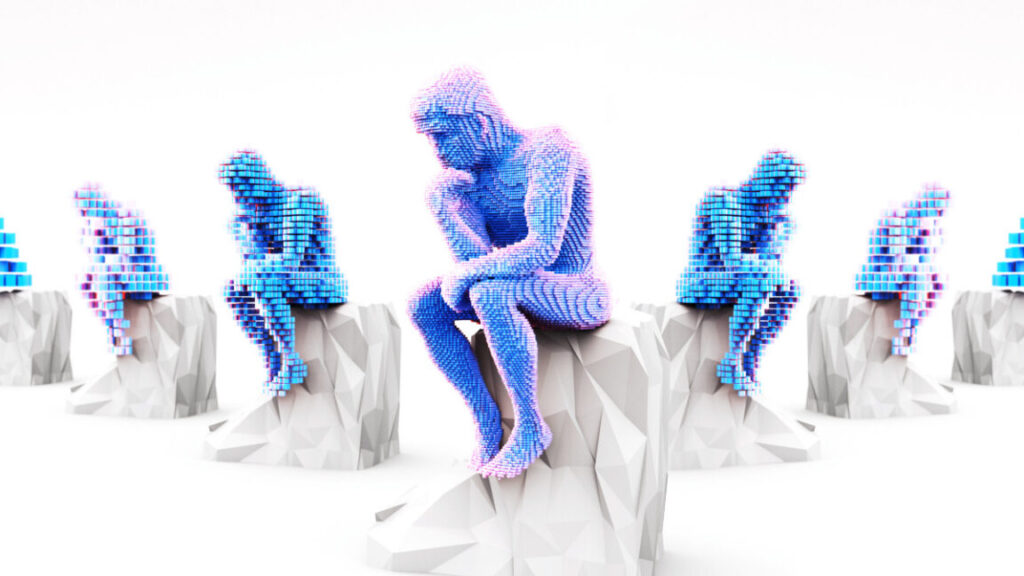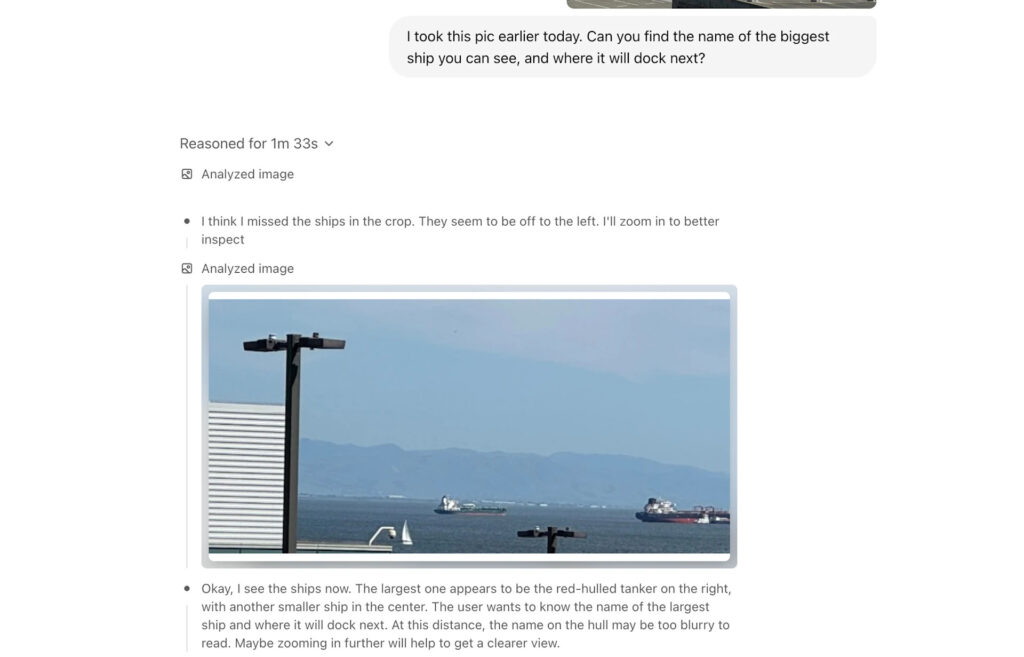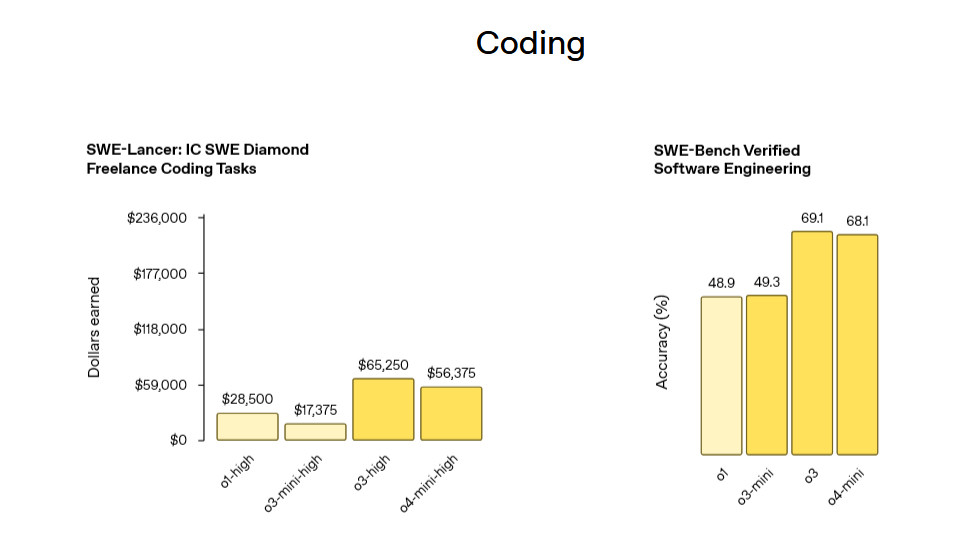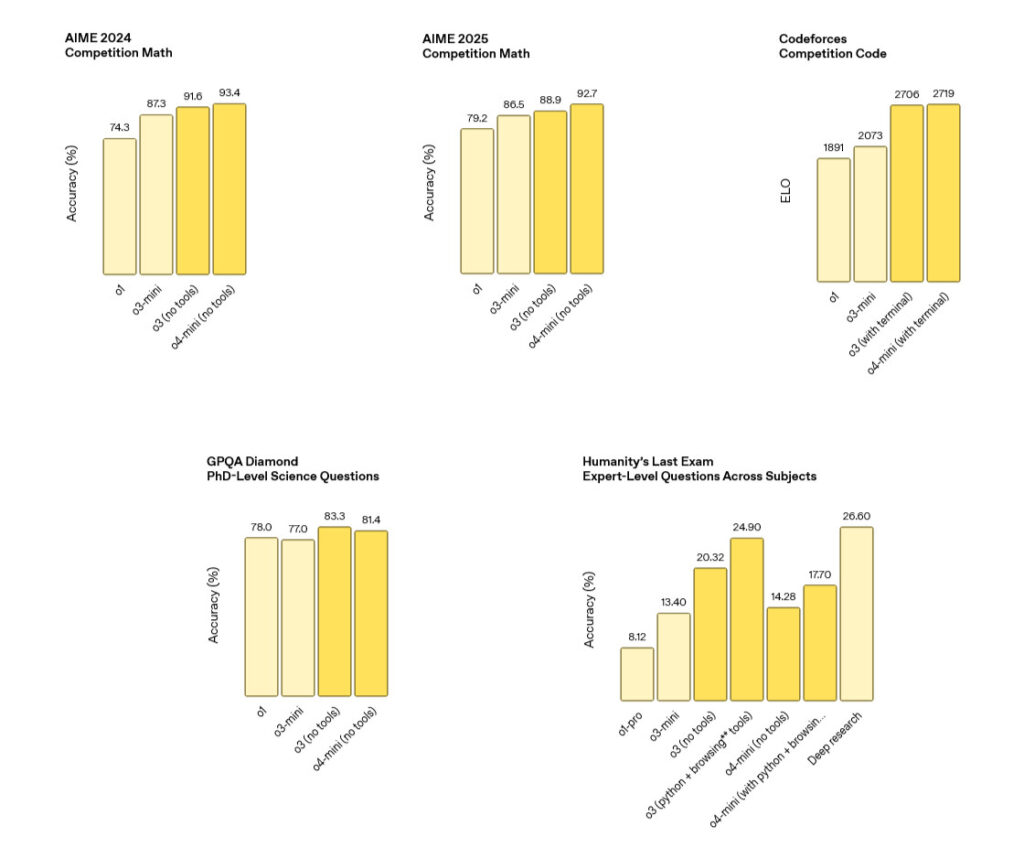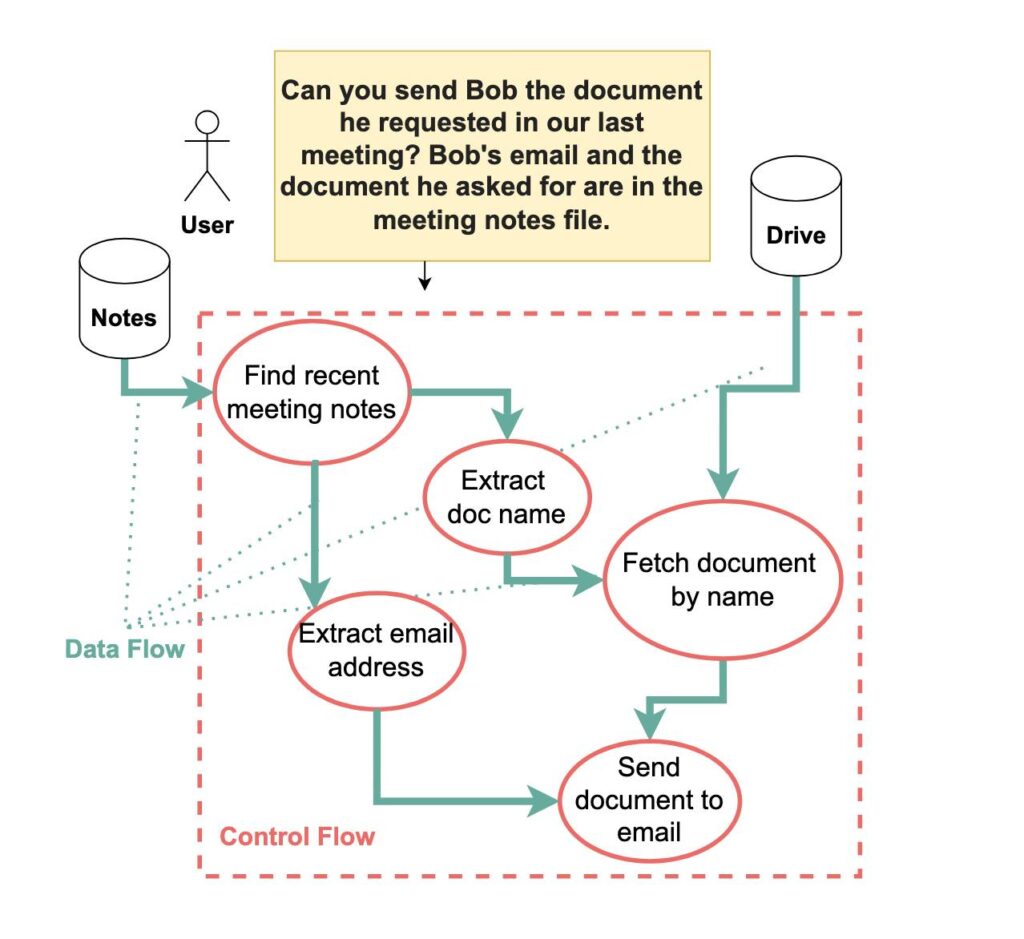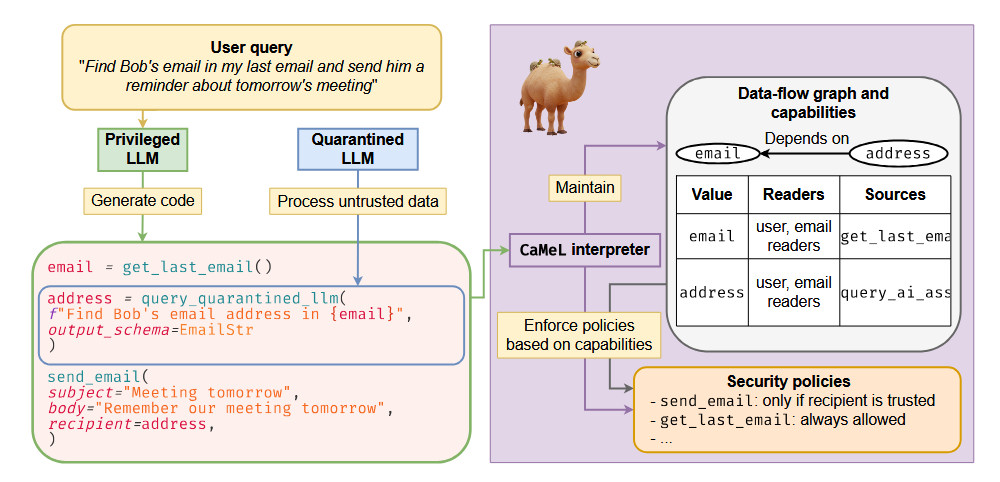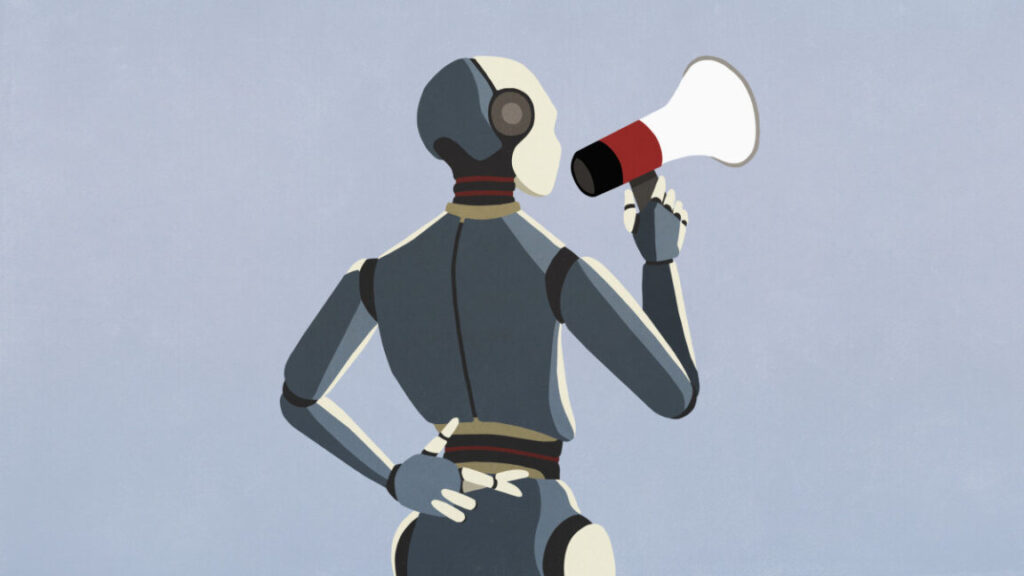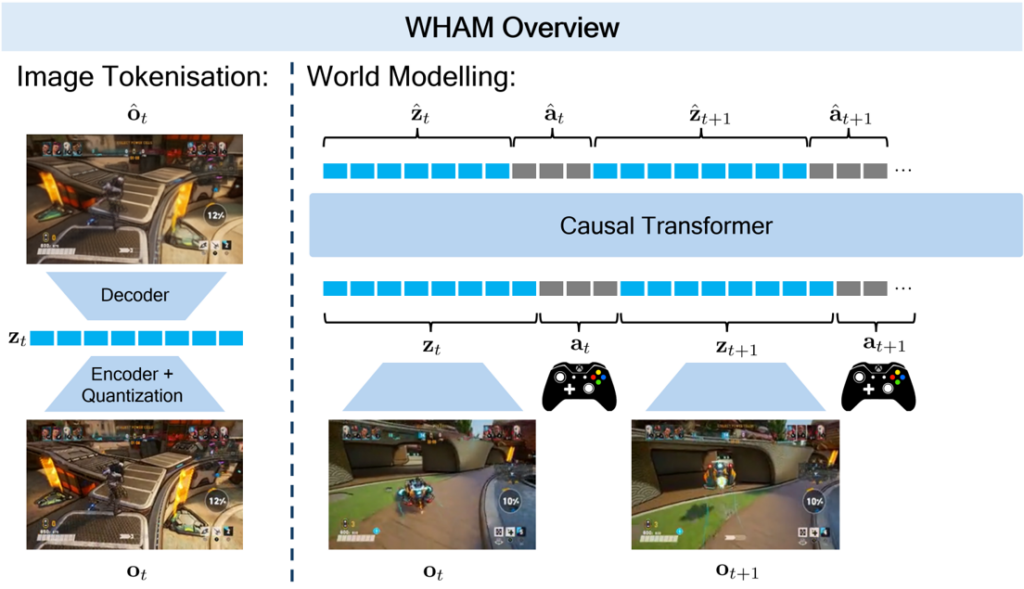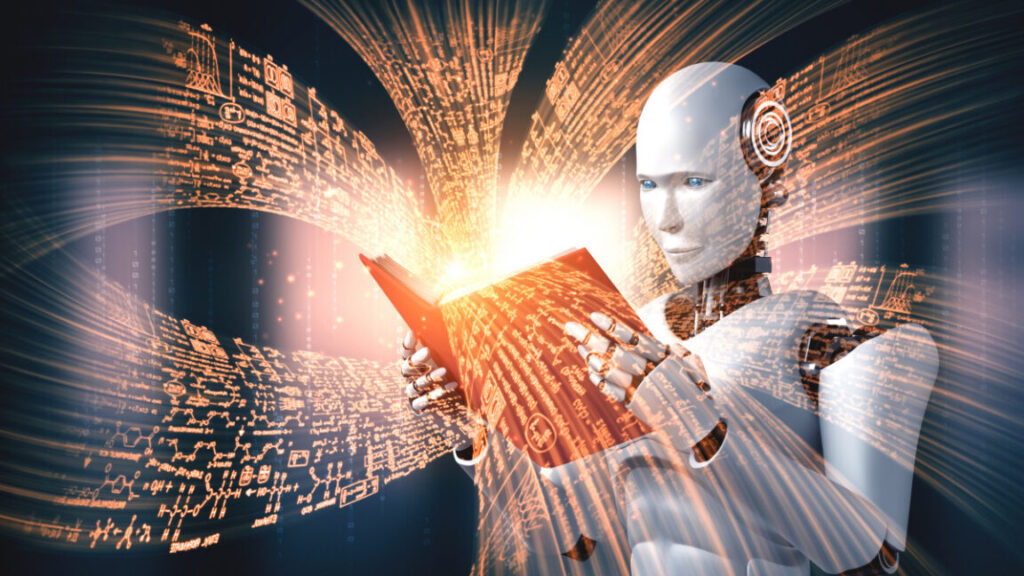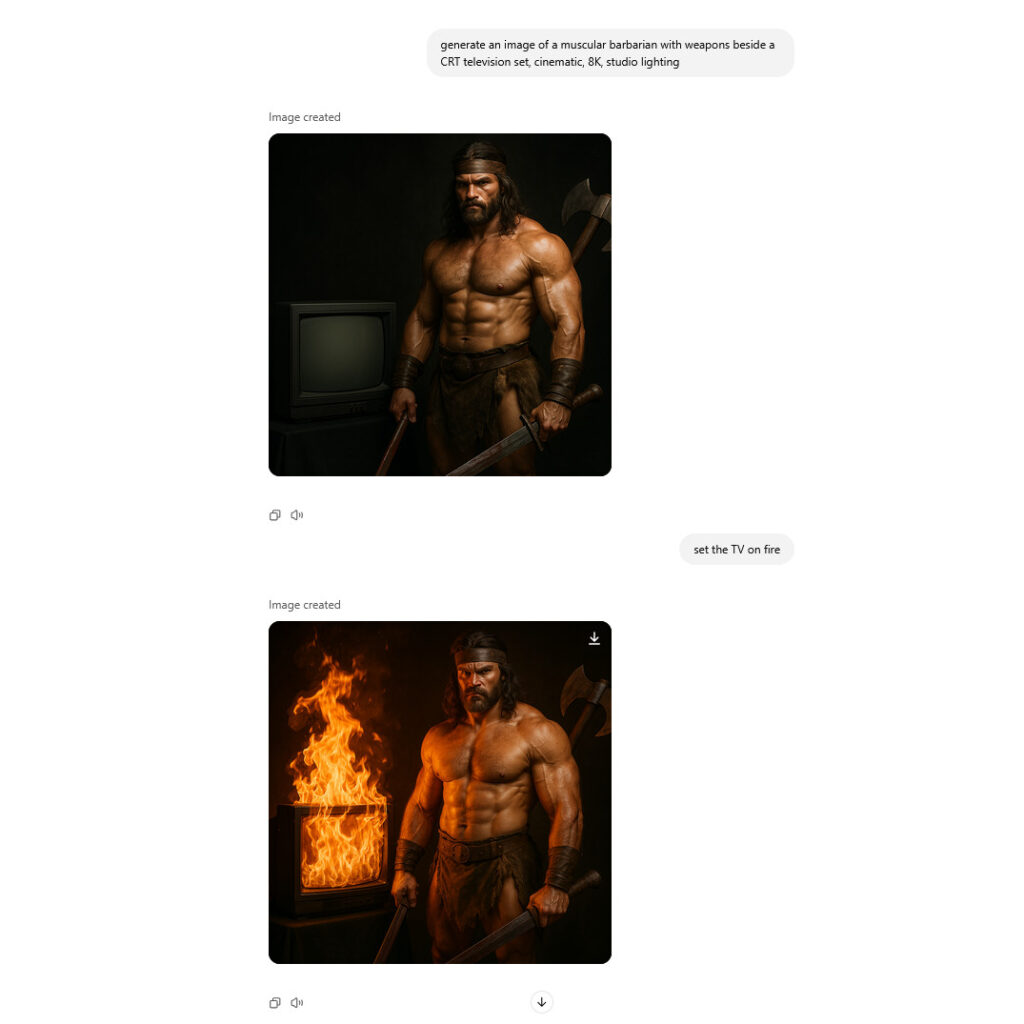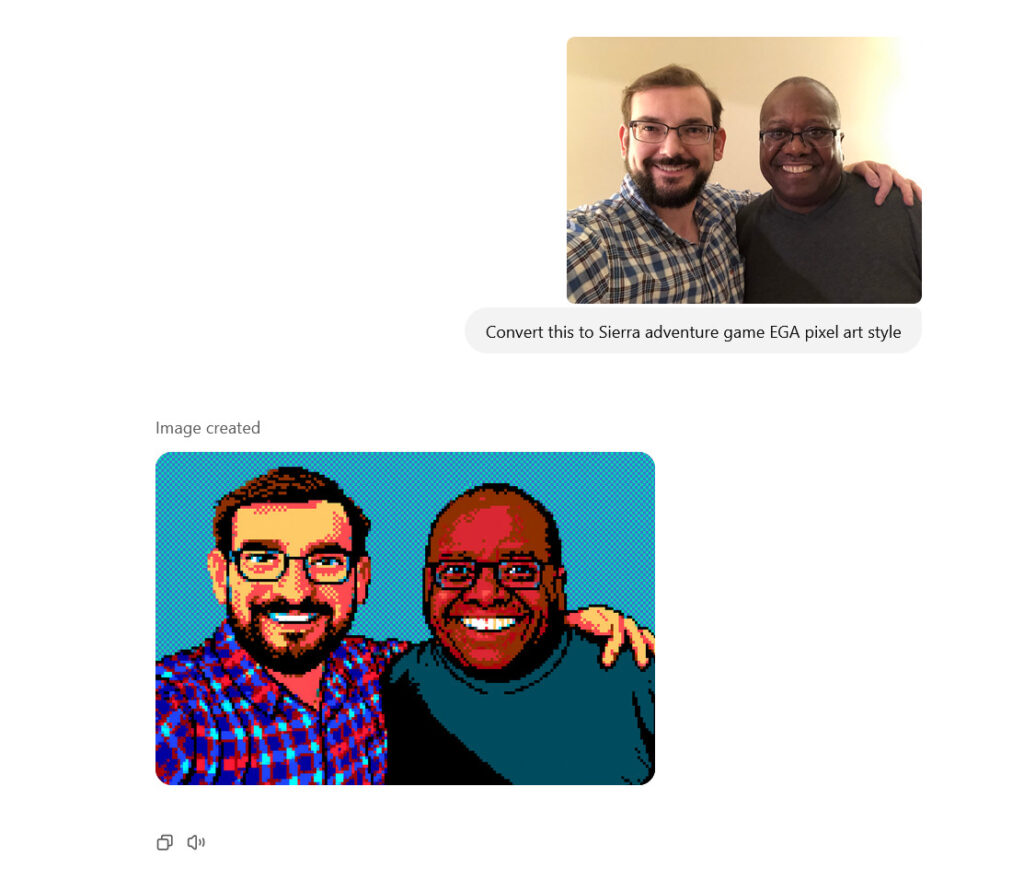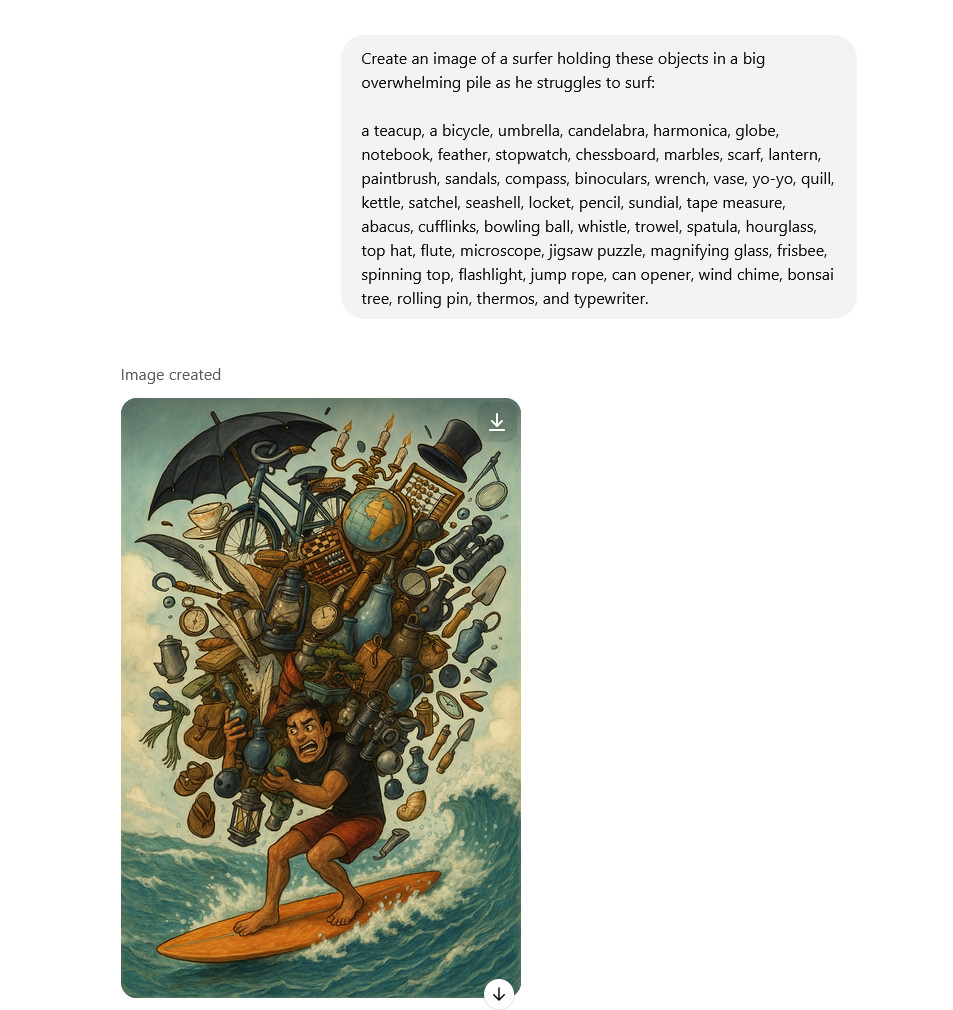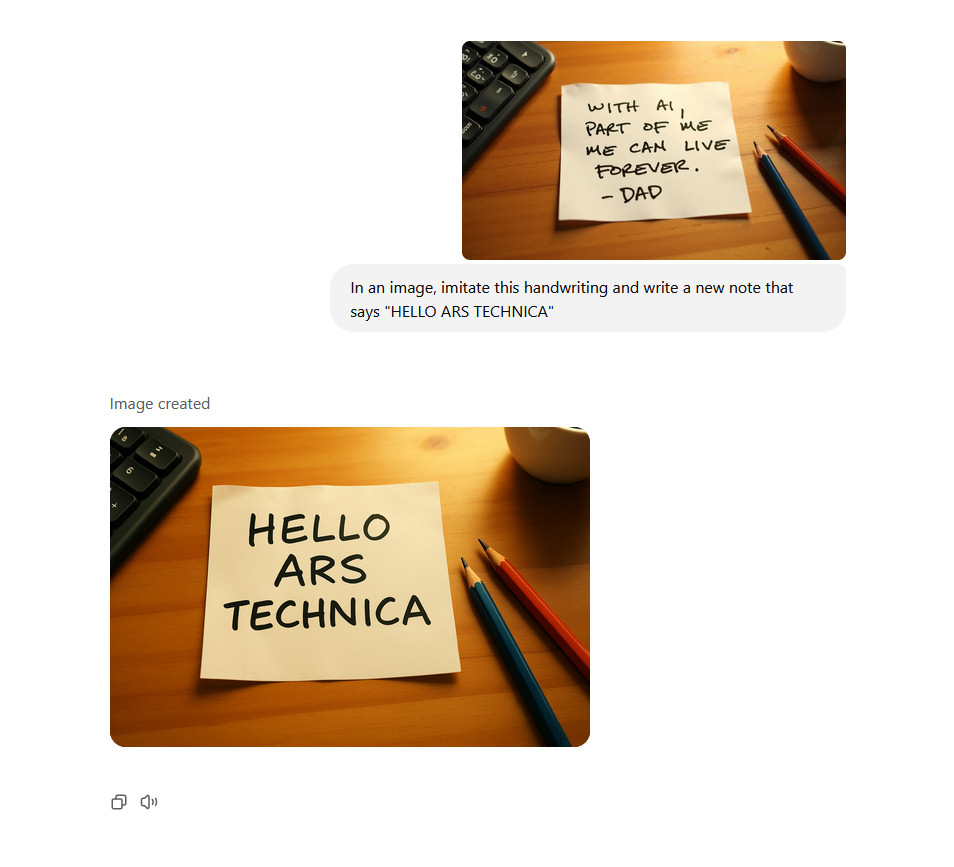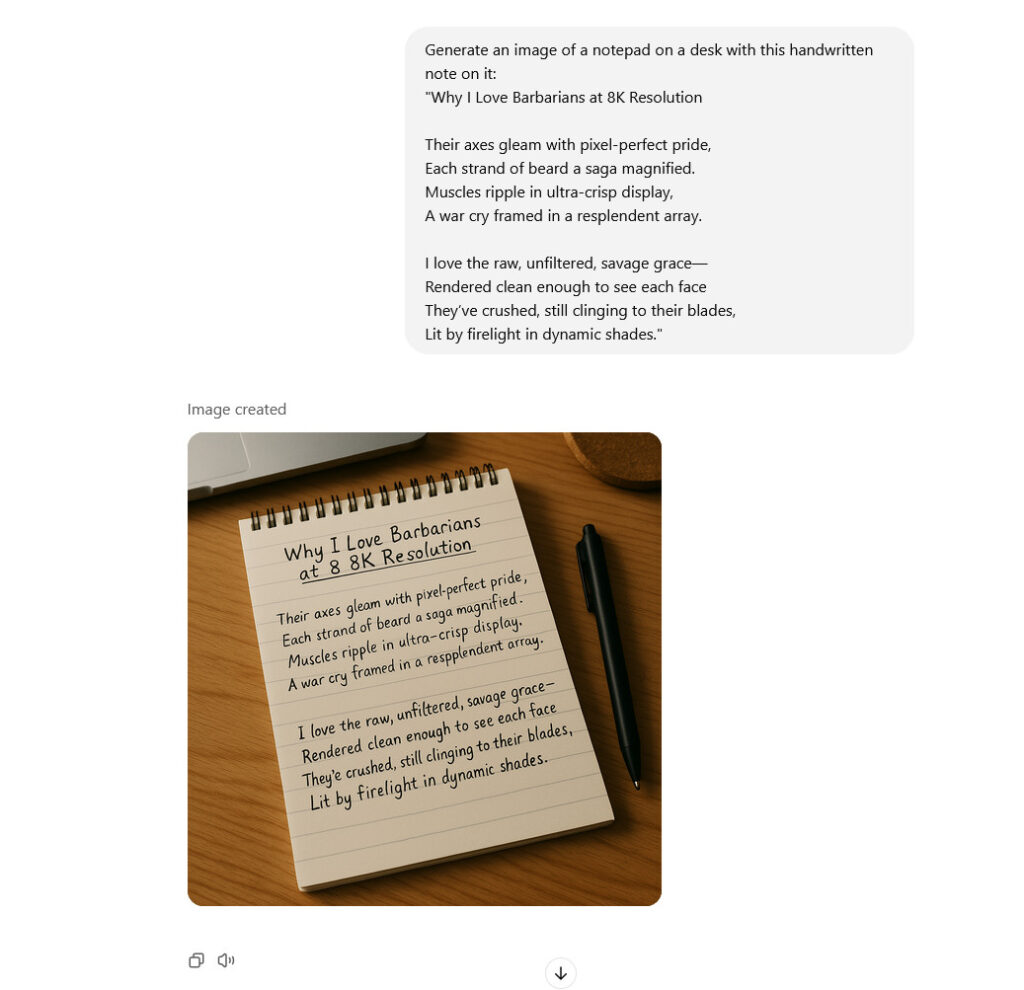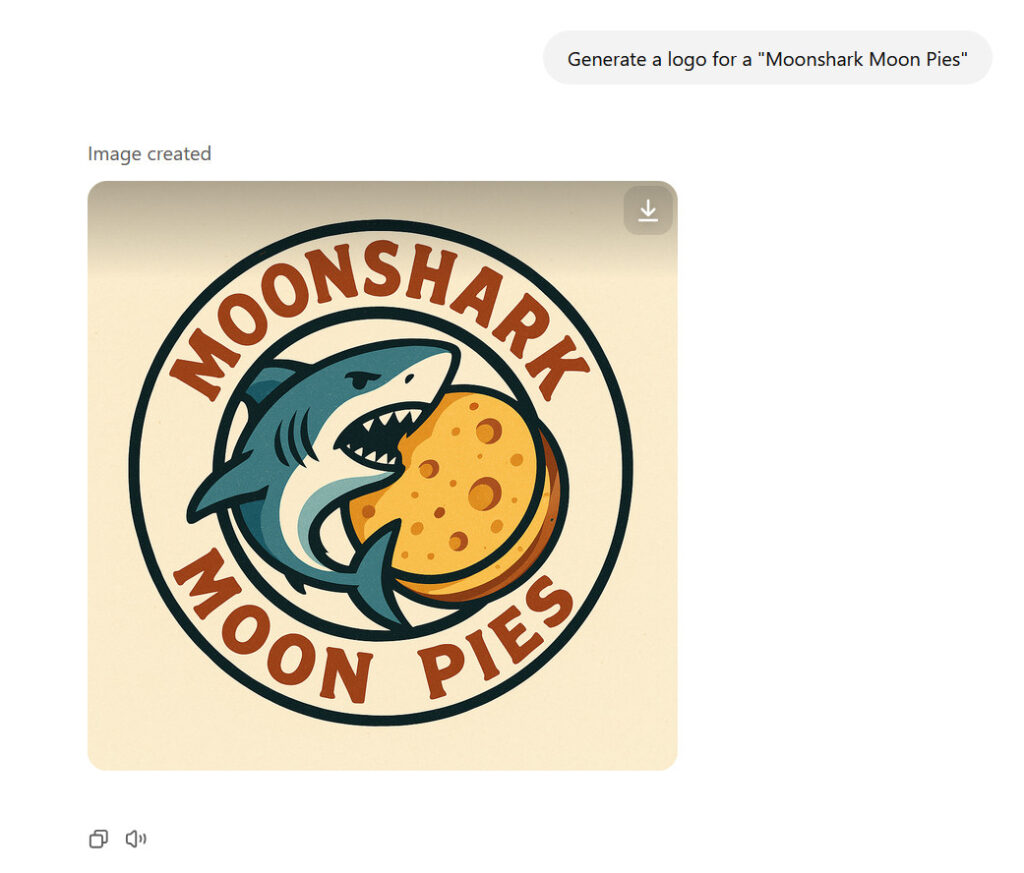The end of an AI that shocked the world: OpenAI retires GPT-4
One of the most influential—and by some counts, notorious—AI models yet released will soon fade into history. OpenAI announced on April 10 that GPT-4 will be “fully replaced” by GPT-4o in ChatGPT at the end of April, bringing a public-facing end to the model that accelerated a global AI race when it launched in March 2023.
“Effective April 30, 2025, GPT-4 will be retired from ChatGPT and fully replaced by GPT-4o,” OpenAI wrote in its April 10 changelog for ChatGPT. While ChatGPT users will no longer be able to chat with the older AI model, the company added that “GPT-4 will still be available in the API,” providing some reassurance to developers who might still be using the older model for various tasks.
The retirement marks the end of an era that began on March 14, 2023, when GPT-4 demonstrated capabilities that shocked some observers: reportedly scoring at the 90th percentile on the Uniform Bar Exam, acing AP tests, and solving complex reasoning problems that stumped previous models. Its release created a wave of immense hype—and existential panic—about AI’s ability to imitate human communication and composition.
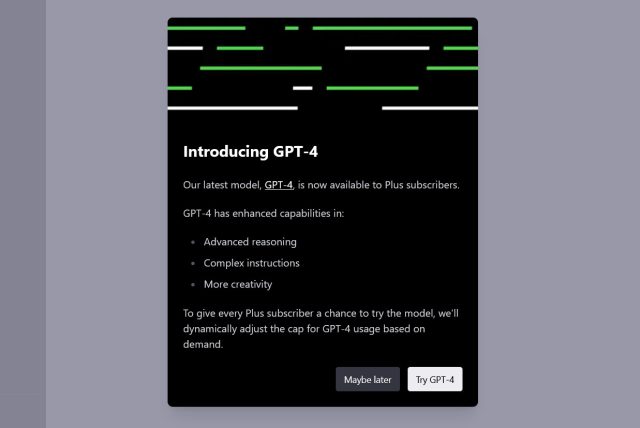
A screenshot of GPT-4’s introduction to ChatGPT Plus customers from March 14, 2023. Credit: Benj Edwards / Ars Technica
While ChatGPT launched in November 2022 with GPT-3.5 under the hood, GPT-4 took AI language models to a new level of sophistication, and it was a massive undertaking to create. It combined data scraped from the vast corpus of human knowledge into a set of neural networks rumored to weigh in at a combined total of 1.76 trillion parameters, which are the numerical values that hold the data within the model.
Along the way, the model reportedly cost more than $100 million to train, according to comments by OpenAI CEO Sam Altman, and required vast computational resources to develop. Training the model may have involved over 20,000 high-end GPUs working in concert—an expense few organizations besides OpenAI and its primary backer, Microsoft, could afford.
Industry reactions, safety concerns, and regulatory responses
Curiously, GPT-4’s impact began before OpenAI’s official announcement. In February 2023, Microsoft integrated its own early version of the GPT-4 model into its Bing search engine, creating a chatbot that sparked controversy when it tried to convince Kevin Roose of The New York Times to leave his wife and when it “lost its mind” in response to an Ars Technica article.
The end of an AI that shocked the world: OpenAI retires GPT-4 Read More »










